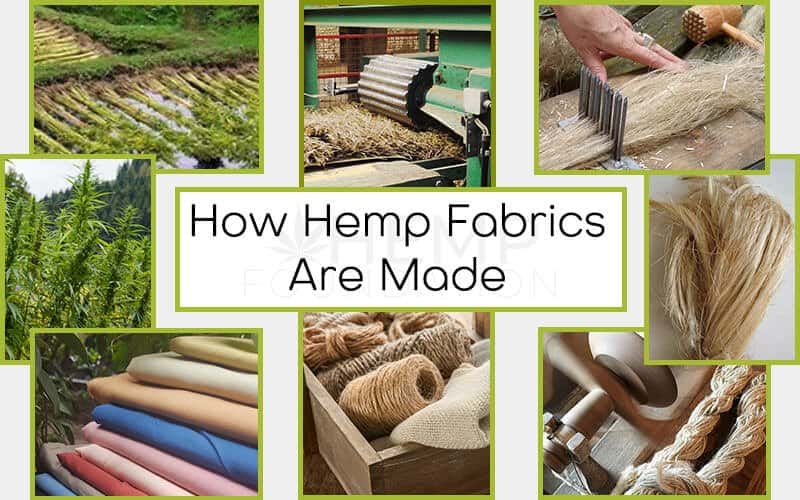You’re curious about how raw hemp is transformed into fabric that can be used for clothing, right? Well, wonder no more! In this article, we’ll take you on a fascinating journey through the process of turning this versatile and sustainable material into a textile that is not only fashionable but also environmentally friendly. So sit back, relax, and let’s unravel the secrets behind the transformation of raw hemp into stylish and sustainable clothing.
Harvesting
Selecting hemp plants
The first step in the process of turning raw hemp into fabric suitable for clothing is harvesting. When selecting hemp plants for harvesting, it is important to choose plants that have reached their optimum level of maturity. This is typically determined by checking the color and condition of the hemp flower. The plants should have ample seed set and the flowers should be fully developed.
Cutting the hemp plants
Once the hemp plants have been selected, they are cut at the base using sharp cutting tools such as sickles or knives. It is essential to cut the plants close to the ground to ensure that the maximum amount of fiber is retained. The cut hemp plants are then bundled together and left in the field until they are ready for further processing.
Drying the plants
After cutting, the hemp plants need to be dried to remove excess moisture. This can be done by hanging the bundles upside down in a well-ventilated area, allowing air to circulate around the plants. The drying process typically takes a few weeks, during which the plants will turn brown and brittle. It is crucial to ensure that the plants are completely dry before moving on to the next stage of processing.
Retting
Water retting
Once the hemp plants have been dried, they undergo a process called retting, which helps to separate the bast fibers from the woody core of the plant. One method of retting is water retting, where the dried hemp plants are submerged in water for a specific period of time. The water softens the plant’s outer tissues, making it easier to remove the fibers.
Dew retting
Another method of retting is dew retting, which relies on the natural moisture in the environment. In this process, the dried hemp plants are spread out on the ground and left for several weeks, allowing dew and rainfall to break down the outer tissues. This method is slower than water retting but produces a higher-quality fiber.
Enzyme retting
Enzyme retting is a more modern retting technique that involves the use of enzymes to break down the pectin that binds the bast fibers to the woody core. The enzymes are applied to the dried hemp plants, either by spraying or soaking, and left for a specific period of time. This method is faster than traditional retting methods and produces a finer quality of fiber.
Chemical retting
Chemical retting is a retting method that uses chemicals to accelerate the breakdown of the outer tissues. Various chemicals, such as acids or alkalis, are applied to the dried hemp plants and left for a specific duration. This method is widely used in industrial hemp processing as it can be controlled and provides consistent results.
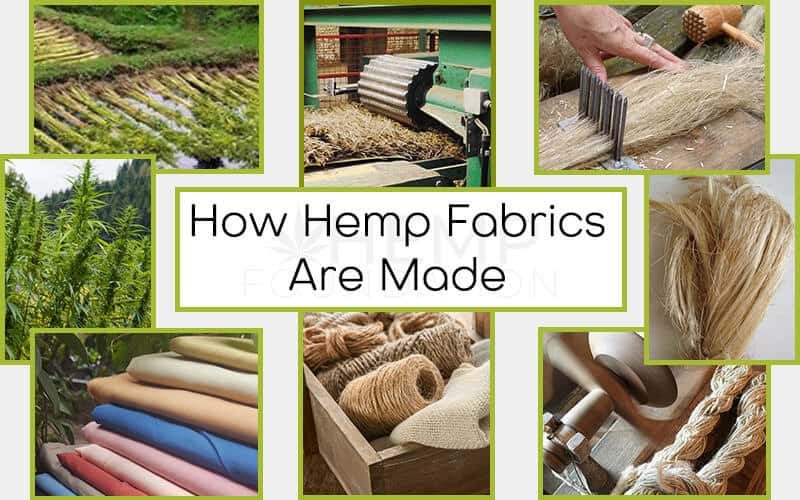
This image is property of hempfoundation.net.
Breaking
Separating the bark from the fiber
After retting, the hemp plants need to be broken to separate the fibrous outer bark from the woody core. This can be done by either mechanical or manual breaking methods. Mechanical breaking involves passing the dried hemp plants through machines that crush and break them into smaller pieces, allowing for easier extraction of the fibers. Manual breaking, on the other hand, involves manually beating the plants to break them apart.
Mechanical breaking
Mechanical breaking is a process that utilizes machines to break down the hemp plants. These machines have rotating drums or rollers, which exert pressure on the plants, causing them to break apart. The broken pieces are then further processed to extract the bast fibers from the inner woody core. Mechanical breaking is a more time-efficient method, especially for large-scale hemp processing.
Manual breaking
Manual breaking, as the name suggests, involves breaking down the hemp plants by hand. This method requires labor-intensive work, where workers manually beat the plants using tools like wooden mallets or hammers. While manual breaking is slower compared to mechanical breaking, it allows for more control in preserving the quality of the fibers.
Scutching
Removing woody parts
After the breaking process, scutching is performed to remove the residual woody parts from the hemp fibers. Scutching can be carried out through various methods, including machine scutching and hand scutching. Machine scutching involves using specialized machines that mechanically separate the woody fragments from the fibers.
Beating the fibers
Beating the fibers is an essential part of the scutching process. It helps to further remove any remaining woody debris and align the fibers. This can be done by hand, using tools such as scutching knives or paddles, or by utilizing specialized machines designed for this purpose.
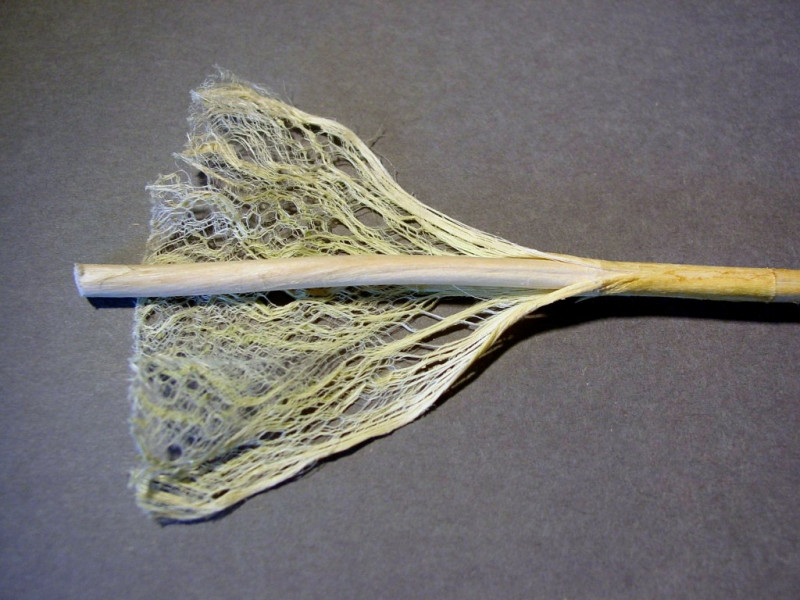
This image is property of www.the-sustainable-fashion-collective.com.
Hackling
Separating fibers
Hackling is the process of separating and combing the hemp fibers to remove any remaining impurities and to align them into parallel strands. This is done by passing the fibers through a series of combs with sharp metal teeth. The combs have different spacing between the teeth, allowing for the removal of coarser impurities in the initial passes and finer impurities in subsequent passes.
Combing the fibers
Combing the fibers during the hackling process helps to straighten and smooth them. The combs used in this process have longer teeth and are designed to catch and align the individual fibers. As the fibers are repeatedly combed through the brushes, any remaining impurities and tangles are removed, resulting in a more uniform and refined fiber.
Carding
Aligning the fibers
Carding is a process that further aligns the hemp fibers and prepares them for spinning. It involves passing the fibers through a carding machine, which consists of a series of rollers covered in wire or wire brushes. As the fibers are fed into the machine, the wire brushes catch and align the fibers, creating a thin, continuous sheet of fibers.
Removing impurities
During the carding process, any remaining impurities such as dirt, shorter fibers, or tangles are removed. This is achieved as the fibers are repeatedly passed through the carding machine, allowing the brushes to catch and pull out the impurities. The resulting fiber sheet, known as a roving, is now ready for the next stage of processing.
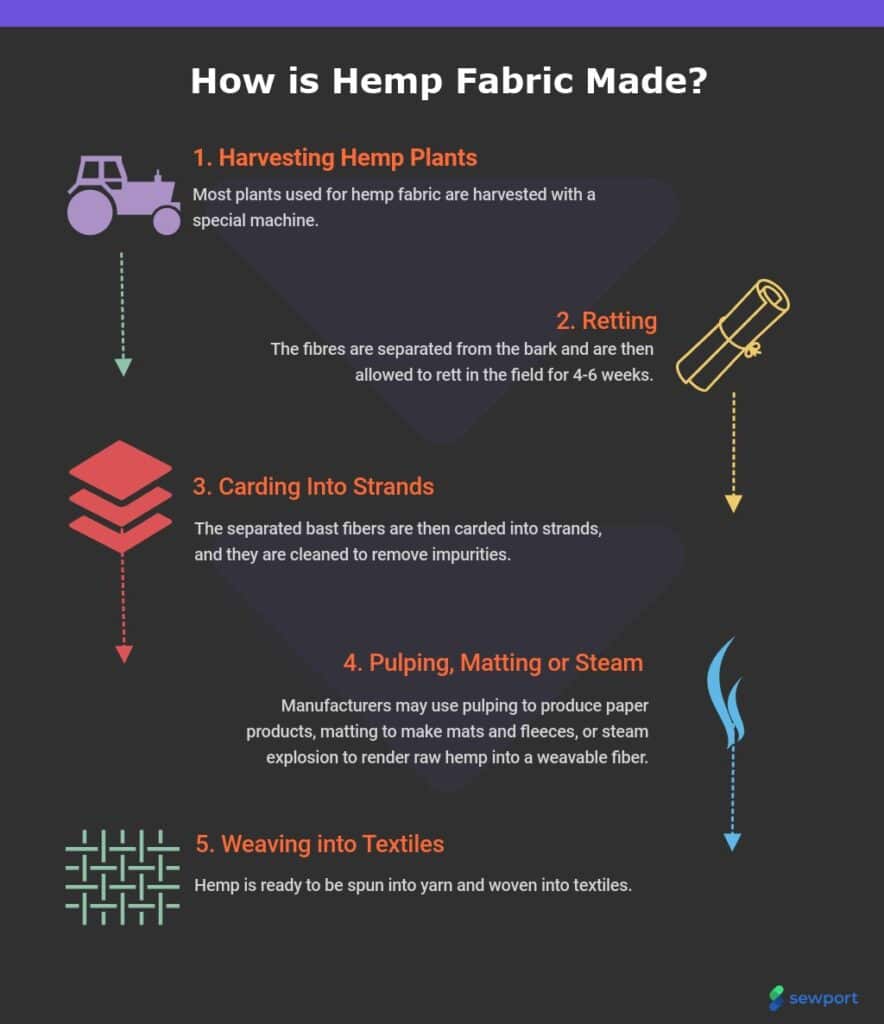
This image is property of s3.eu-west-2.amazonaws.com.
Spinning
Twisting the fibers
Spinning is the process of twisting the hemp fibers to create a continuous yarn. This can be done using various spinning methods, such as hand spinning or machine spinning. During spinning, the fibers are drafted and twisted together, gradually forming a strong and cohesive yarn.
Creating a continuous yarn
As the fibers are twisted together during the spinning process, they form a continuous strand or yarn. The thickness, or weight, of the yarn can vary depending on the desired end use. Thicker yarns may be suitable for heavy-duty fabrics, while finer yarns are often used for lightweight garments.
Weaving
Loom preparation
Weaving is the process of interlacing the spun yarns to create a fabric. This begins with loom preparation, where the warp yarns are set up on the loom. The warp yarns are the vertical threads that run lengthwise in the fabric. They are attached to the loom and held under tension, creating the foundation for the fabric.
Interlacing the yarns
Once the loom is prepared, the weft yarns are interlaced with the warp yarns to create the actual fabric. The weft yarns run horizontally across the warp yarns, and they are threaded through the warp using a shuttle or other weaving tools. The interlacing pattern of the yarns determines the type of weave, such as plain weave, twill weave, or satin weave.
Creating the fabric
As the weft yarns are interlaced with the warp yarns, the fabric begins to take shape. The weaving process continues until the desired length of fabric is achieved. The resulting fabric may then undergo further finishing processes to enhance its appearance and properties.
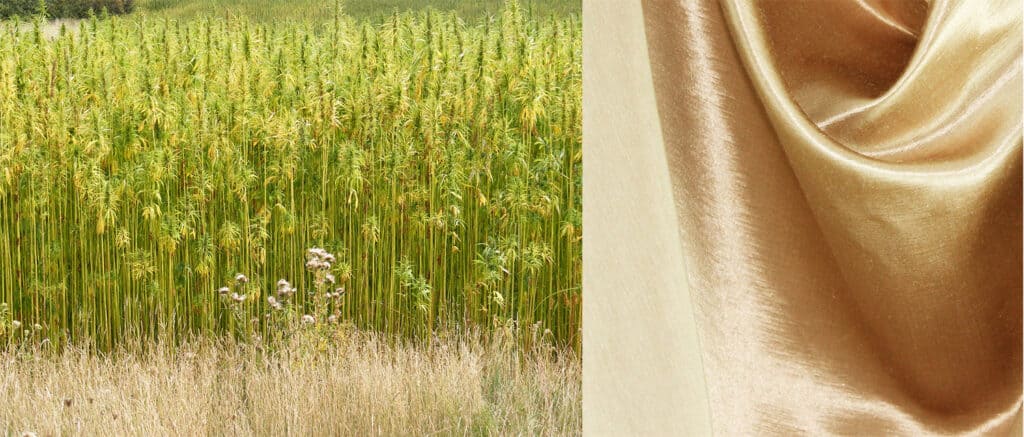
This image is property of s3.eu-west-1.amazonaws.com.
Dyeing
Selecting dyes
Dyeing is the process of adding color to the fabric. Before dyeing, the appropriate dyes need to be selected based on the desired color and the fiber’s affinity for different dyes. Hemp fibers can be dyed using a variety of dye types, including natural dyes derived from plant extracts or synthetic dyes formulated specifically for hemp.
Preparing the dye bath
To dye the fabric, a dye bath needs to be prepared. This involves dissolving the selected dyes in water along with any necessary mordants or additives. Mordants help to fix the dye to the fiber and improve colorfastness. The fabric is then immersed in the dye bath, ensuring thorough saturation of the fibers.
Dyeing the fabric
The fabric is immersed in the dye bath, and the fibers absorb the dye. The length of time the fabric spends in the dye bath, as well as the temperature and agitation, can affect the depth and evenness of the dye. After dyeing, the fabric is rinsed to remove any excess dye, and it may undergo additional treatments to enhance color brightness or improve colorfastness.
Finishing
Removing excess moisture
After dyeing, the fabric may contain excess moisture that needs to be removed. This can be done through a process called drying. The fabric is typically hung or laid flat in a well-ventilated area until it reaches its desired moisture level.
Stretching and smoothing the fabric
To improve the fabric’s appearance and texture, it may undergo stretching and smoothing. This can be achieved by passing the fabric through a machine that stretches and evens out the fibers. Stretching and smoothing help to remove wrinkles or creases and ensure the fabric’s dimensional stability.
Adding additional treatments
Depending on the desired end product, the fabric may undergo additional treatments to enhance its properties. These treatments can include processes such as softening, stiffening, or introducing water-repellent finishes. These treatments are aimed at improving the fabric’s performance in various applications, such as clothing, home textiles, or industrial use.
Turning raw hemp into fabric suitable for clothing is a multi-step process that involves harvesting, retting, breaking, scutching, hackling, carding, spinning, weaving, dyeing, and finishing. Each step plays a crucial role in transforming the raw hemp fibers into a high-quality fabric that can be used in various clothing applications. From selecting the optimal hemp plants to adding the finishing touches, the process requires careful attention and expertise. Through this comprehensive process, raw hemp is transformed into a versatile and sustainable fabric that can be enjoyed by consumers worldwide.
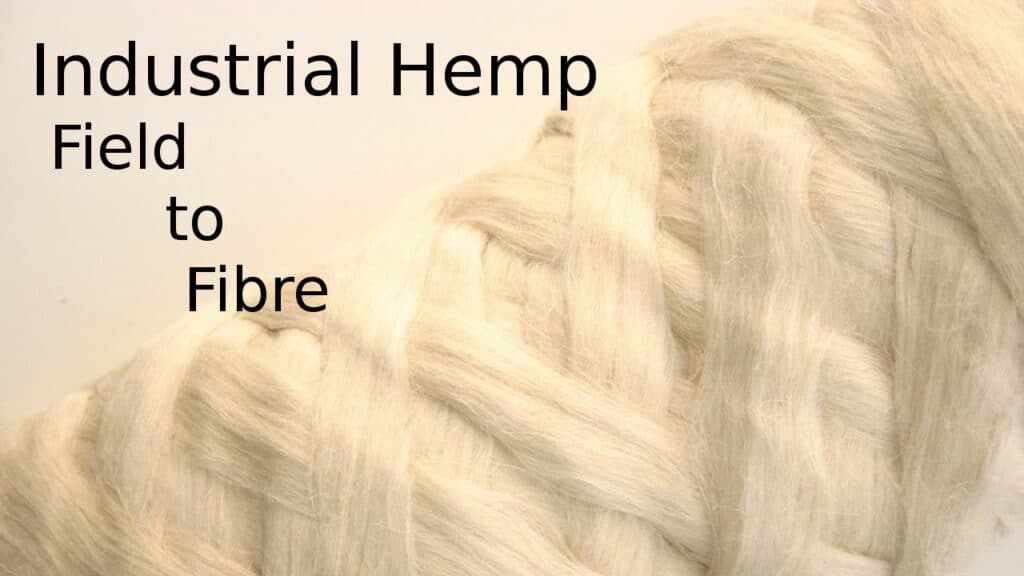
This image is property of i.ytimg.com.
Recent Posts
Discover how bubble hash is rated on a 1 to 6 scale. From texture and color to aroma and potency, learn the key factors that determine the quality of bubble hash. Whether you're a seasoned cannabis...
Looking to learn about the most popular style of hash? This article explores the different types, from traditional to bubble hash, and reveals the people's favorite. Join us on a journey through the...

